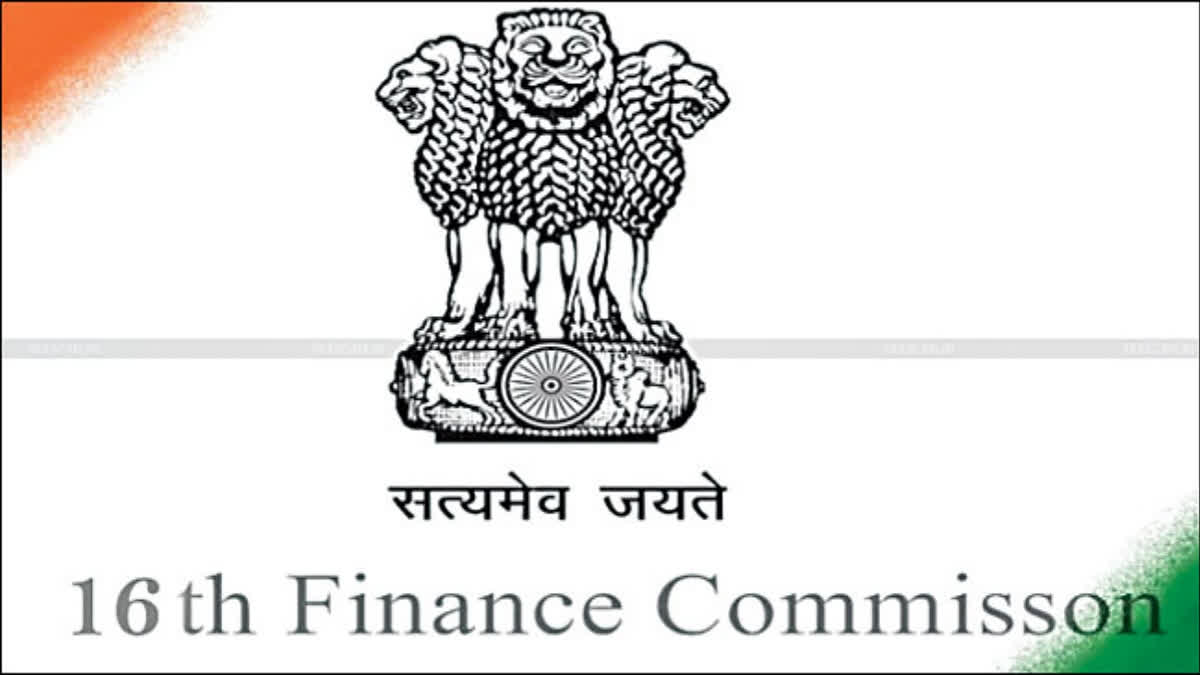Kolkata:The 16th Finance Commission will have to tread cautiously over the allocation of Central funds to the states as a debate has already surfaced over whether the allocation of Central funds should be based on the population index of the state. The NK Singh-led 15th Finance Commission had said that the higher the population of a state as per the latest census, the higher the amount of funds it will get from the Central government for its spending needs. This has irked the southern states where the population growth has not been at par with states like Uttar Pradesh or Bihar.
The Centre has just formed the 16th Finance Commission led by Niti Aayog Vice-Chairman and Columbia University Professor Arvind Panagariya as the Chairman and has set October 2025 as the deadline for the Commission to submit its recommendations, so that they can be incorporated in the Budget exercise for 2026-27. The Finance Commission usually takes about two years to consult stakeholders in the States and Centre and arrive at their conclusions.
What is a Finance Commission
The Finance Commission is a constitutional body for the allocation of certain revenue resources between the Union and the State governments. It was established under Article 280 of the Indian Constitution by the President. It was created to define the financial relations between the Centre and the States. It was formed in 1951.
Lower devolutions to states
The debate over lower devolutions to states, especially due to the Centre’s higher reliance on cesses is not new. But, with general elections slated in April, or May 2024, the renewed intensity of this debate is significant.
At the heart of the devolution dispute lies two major issues. First, the devolution given to States has been significantly lower in the last few years compared to the recommended levels of the 15th Finance Commission.
Secondly, the share of devolution for the less populous and fiscally stronger Southern States tends to be lower, while few northern states, which are weaker on these metrics, get a larger share of Central taxes. Tax devolution refers to the distribution of net proceeds of Union taxes and duties by the Centre to the States. The allocated funds help the States to carry out spending on development, welfare and priority-sector projects and schemes.
At present, as per the recommendation of the 15th Finance Commission, 41 per cent of the divisible tax pool of the Centre is transferred to States in 14 instalments annually covering the five years of 2021-22 to 2025-26.
In FY25, the Union government has budgeted to share 35.5 per cent of the divisible tax pool (gross tax revenues net of cess and surcharges (excluding GST compensation cess) and taxes of Union territories) with States, lower than the suggested 41 per cent.
The Reserve Bank of India in its latest edition of State finances:A Study of Budgets of 2023-24 released on December 11, 2023, highlighted the same. “Due to increasing in cesses and surcharges, the divisible pool has shrunk from 88.6 per cent of gross tax revenue in 2011-12 to 78.9 per cent in 2021-22 despite the 10-percentage point increase in tax devolution recommended by the 15th Finance Panel.”
The Central Bank suggested that since the actual tax devolution hinges critically on the cesses and surcharges levied by the Centre, the States need to augment their fiscal capacity and reduce dependence on transfers.
North India Vs South India
The Southern States had raised their voices even before 2020, when the 15th Finance Commission submitted its report using the 2011 population census to decide the devolution of taxes from the Central government to the States, with a separate factor to reward some for controlling their population.
This was a shift from the previous commission, which used a combination of the 1971 and 2011 censuses as macro-indicators in the equalisation formula, with a much higher weight being given to the former. This was done to reward states that have effectively controlled population growth.
The NK Singh-led Commission's pivot to the 2011 census entirely, as one of the criteria for deciding the pattern of devolution, was done to be more responsive to existing population levels.
This means that the higher the population of a state as per the latest census, the higher the amount of funds it will get from the Central government for its spending needs. Therefore, the less populous States in the country stand to lose from the divisible pool of revenues.
